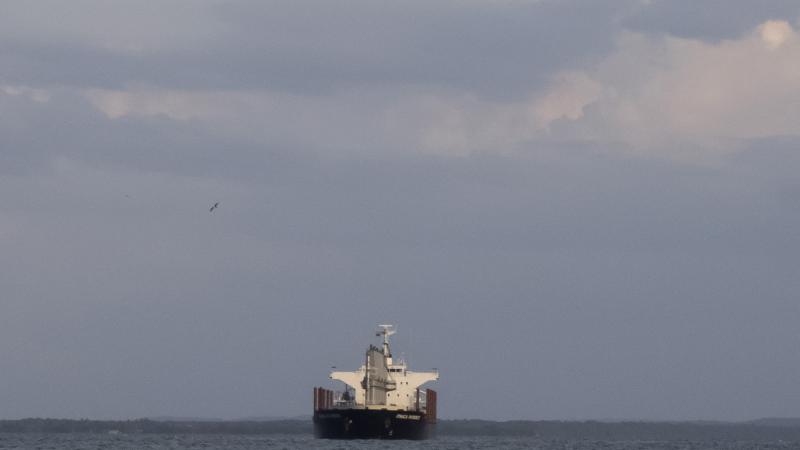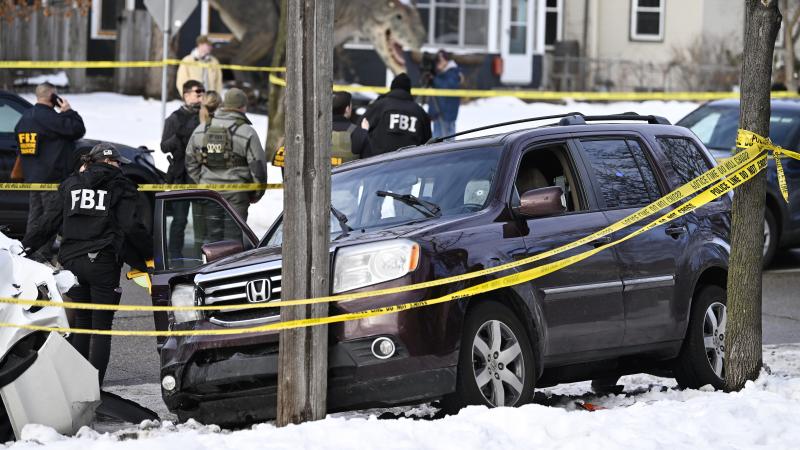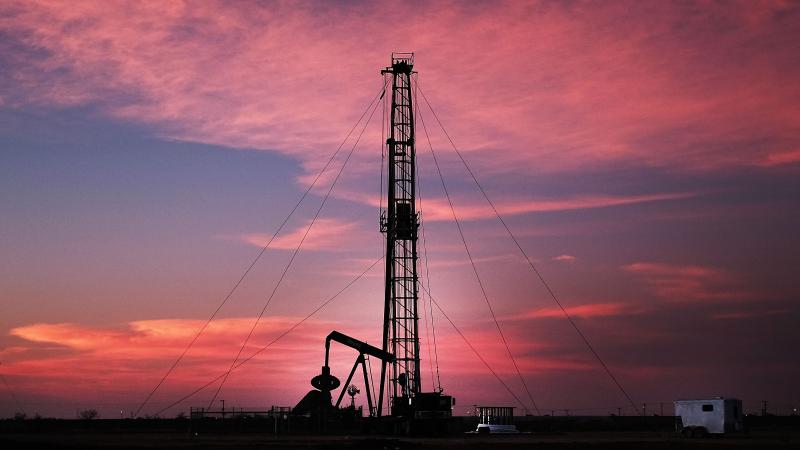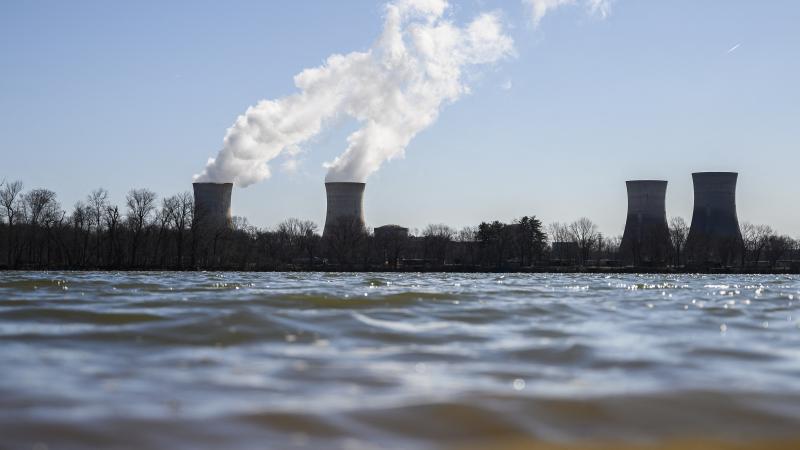U.S. Border Patrol to install aerial surveillance in Arizona
A blimp is currently tethered in Nogales, Arizona, approximately one mile from the Mexican-American border
U.S. Customs and Border Protection is installing aerial border surveillance through their Program Management Office Directorate.
To the unacquainted, the “22-Meter Persistent Ground Surveillance System Aerostat” is better known as a high-tech blimp. The aerostat is filled with helium and can fly up to 3,000 feet in the air in order to provide low-altitude surveillance through cameras. Using night vision technology, CBP says it will be operational 24 hours a day.
Such technology has been used along the Rio Grande section of the border since 2013 but was reduced in operation in 2021 due to high costs. The program cost Texas $30 million per year, or $5 million per blimp, according to Border Report. The funding was to pay private contractors who operated the flight of the aerostats based on weather conditions, which did not include the cost of operating the cameras.
The resumption of operations comes amid a spike in border crossings in the previous year, with an increase of over one million border enforcement actions between 2020 and 2021. While the dramatic increase is partially due to COVID, it is still an overall increase of 808,000 apprehensions between 2019 and 2021. In response, the Department of Defense has made plans to deploy a total of 17 systems this fiscal year.
The new aerostat is currently tethered in Nogales, Arizona, approximately one mile from the Mexican-American border. It will be the first blimp implemented along the Tucson sector of the border. An additional aerostat site along the Tucson section has been tentatively decided on near Sasabe, Arizona. If the plans follow through, it will be completed towards the end of the fiscal year, CBP said.















